The picturesque city of Bonn, situated on the Rhine, is one of the oldest cities in Germany. It is recognizable due to the birthplace of Beethoven, his house – museum is one of the main tourist attractions of the city. Culture and history make their mark and invite you to explore Bonn. Bonn used to be the capital of Germany and today it is a quiet city with the largest number of libraries and bookstores.
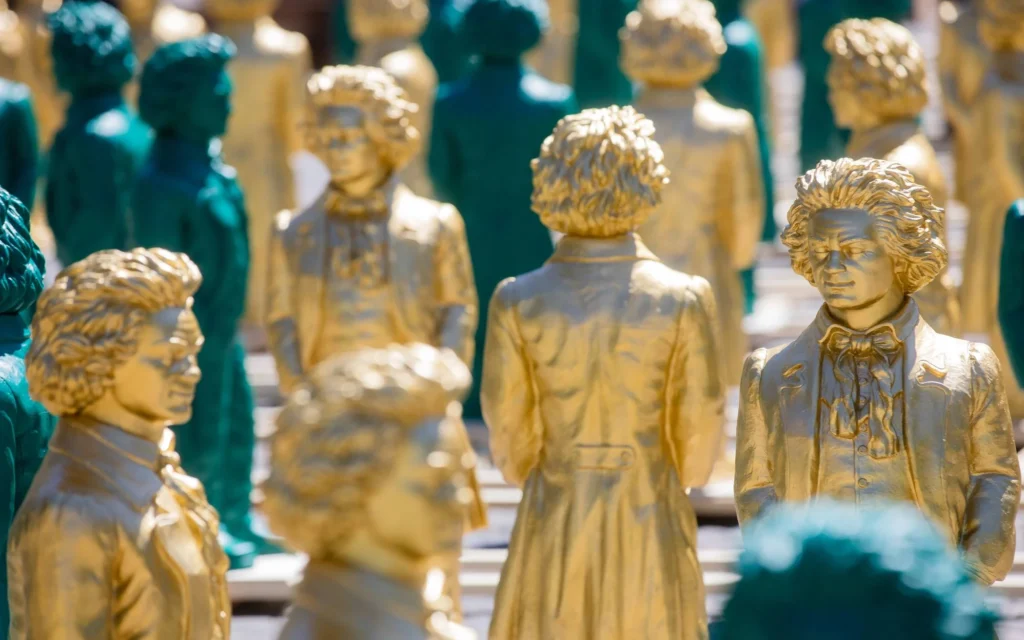
What’s Worth Seeing in Bonn ?
Beethoven-Haus in Bonn
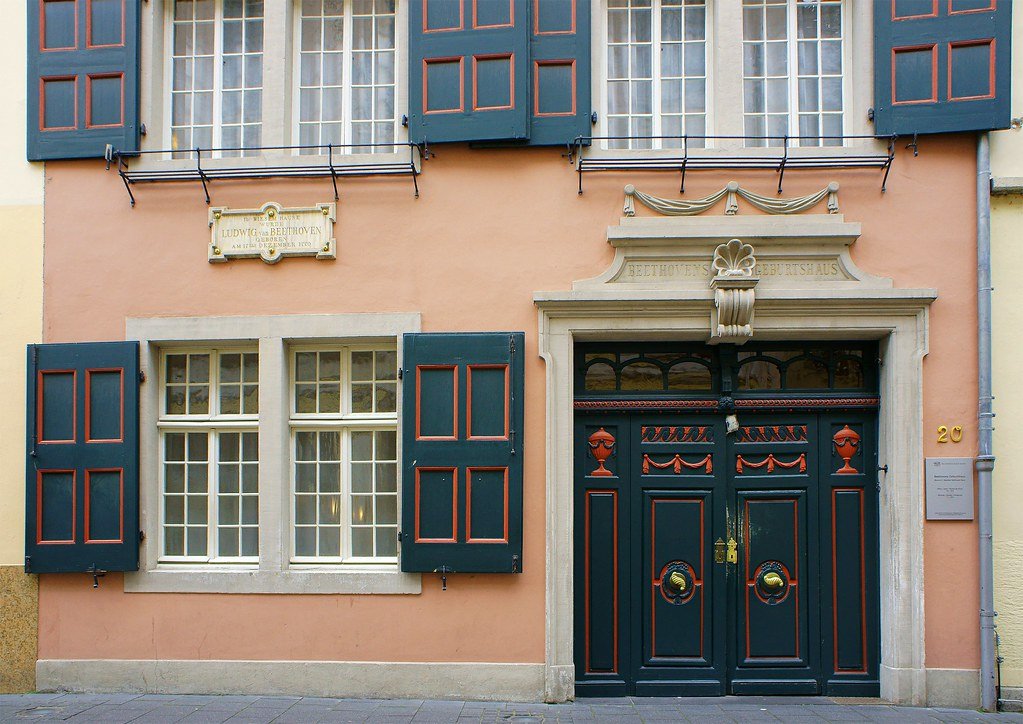


The famous composer Ludwig van Beethoven was born in 1770 and spent his childhood here. A museum dedicated to his life and work has been established in the family home. Creaking floors and crooked walls create an atmospheric atmosphere. It is worth seeing the impressive collection of Beethoven’s personal items, as well as his instruments and manuscripts.
Beethoven Monument on Münsterplatz
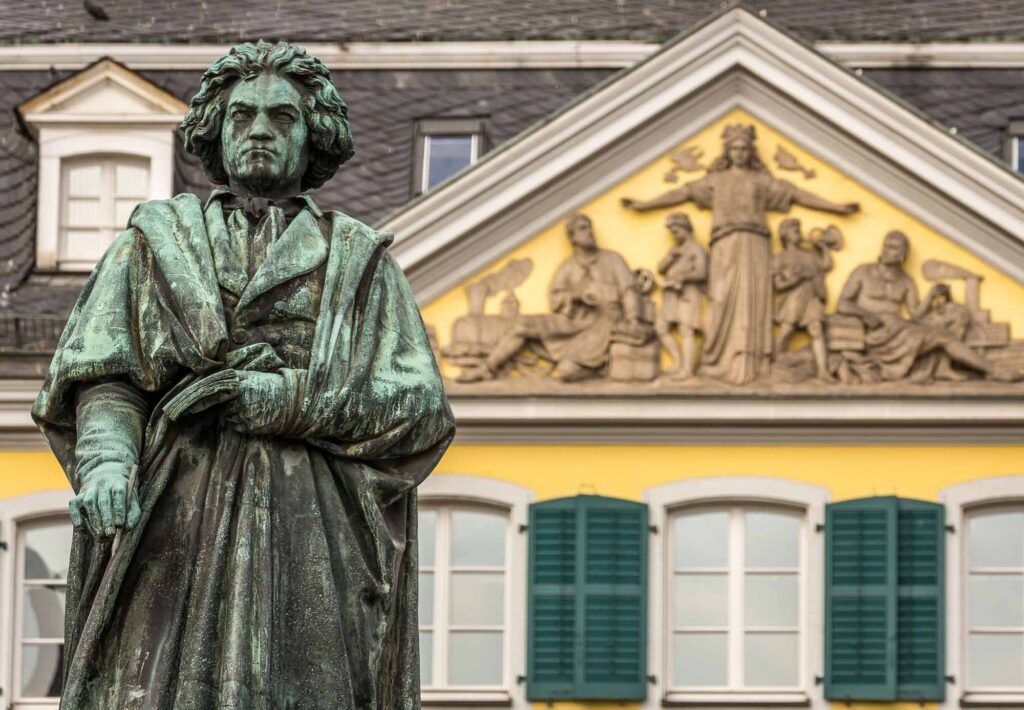
The famous Beethoven monument is located on the centrally located Münsterplatz. This monument, commemorating the world-famous composer, is considered the landmark of the federal city and is also very popular as a photo opportunity.
Drachenburg Castle
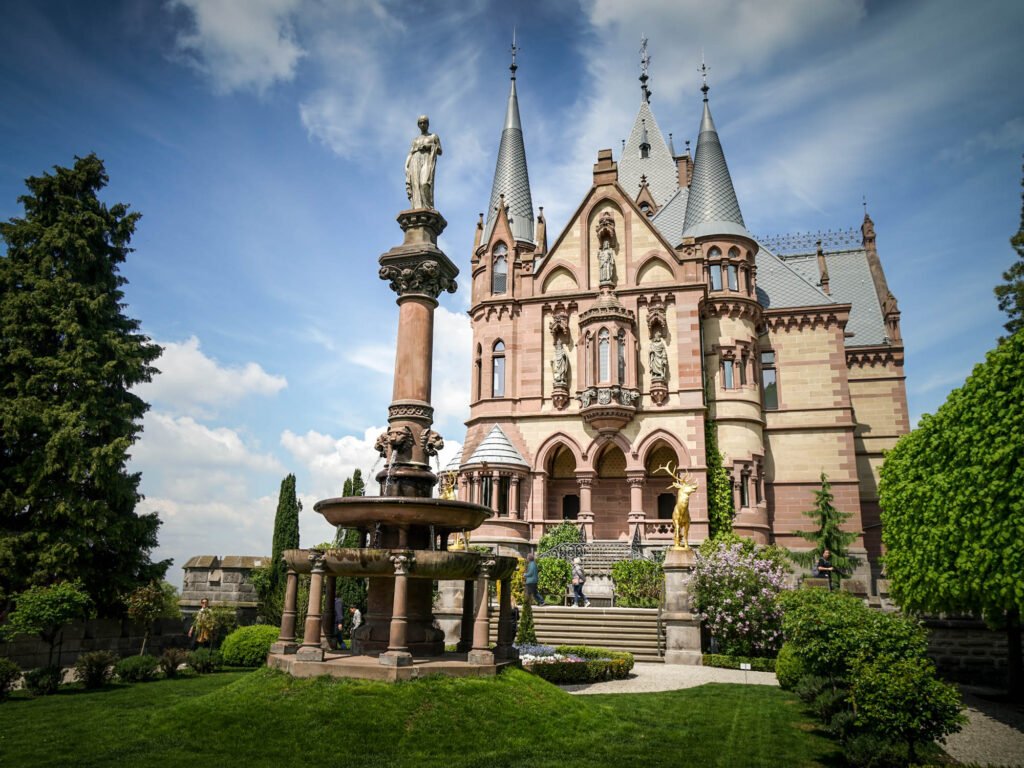
About 10 km from the center of Bonn is the town of Königswinter. The main tourist attraction is located on a high rock called Drachenfels (Dragon Rock) – Drachenburg Castle (Dragon Castle). This residence was divided in the second half of the 19th century by the second solution of the German financier, stockbroker Baron Stephan von Sarter. The castle today it functions as the Gründerzeit museum and have a park. It is available to tourists.
Kunstmuseum Bonn – Art museum

The Bonn Art Museum is one of the country’s largest, respected contemporary art museums. The Kunstmuseum Bonn’s collection of approximately 7,500 works, with a central collection of works by August Macke and the art of the Rhine Expressionists, as well as an important collection of German art after 1945, focuses on painting and its extended, pictorial forms of expression.
With the “education and mediation” task area, the Bonn Art Museum opens new circles of visitors and meets the socio-political requirements for contemporary museum work and art education that influences the wider population through a qualified and diverse museum educational offer that plays a key function in the context leisure time in Bonn and offers educational opportunities.
House of the History of the Federal Republic of Germany
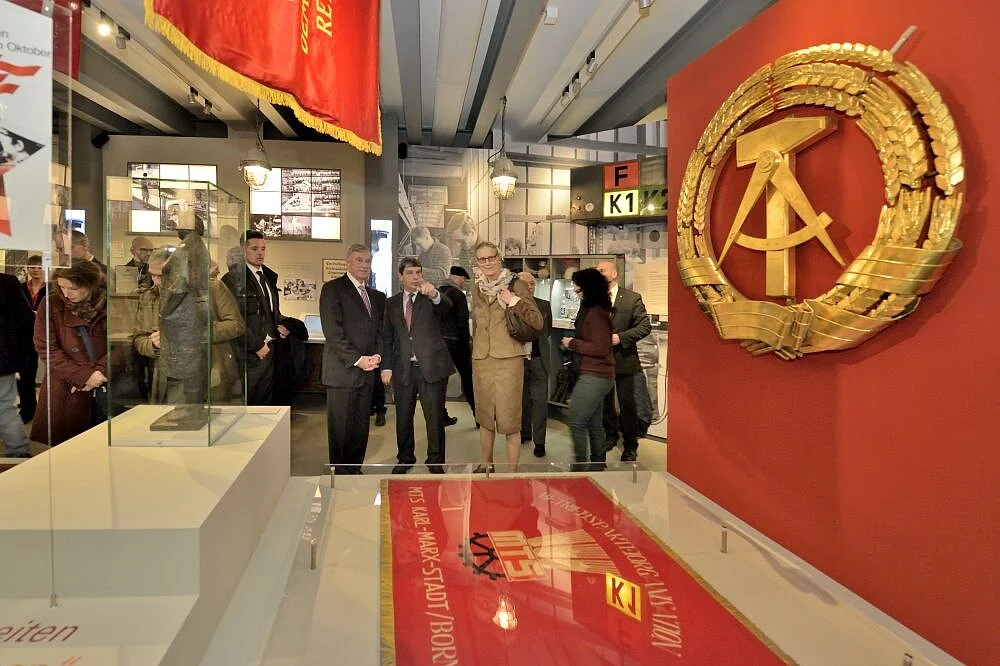
Haus der Geschichte in Bonn is one of the most popular museums in Germany. Every year, around 850,000 visitors come to Bonn and are amazed by German history from the post-war era to the present day on 4,000 square meters of exhibition space. Interactive media stations through historical film and audio documents: The permanent exhibition presents around 7,000 artifacts from German political, economic, cultural and everyday history since 1945 in chronological order.
Bonn Cathedral
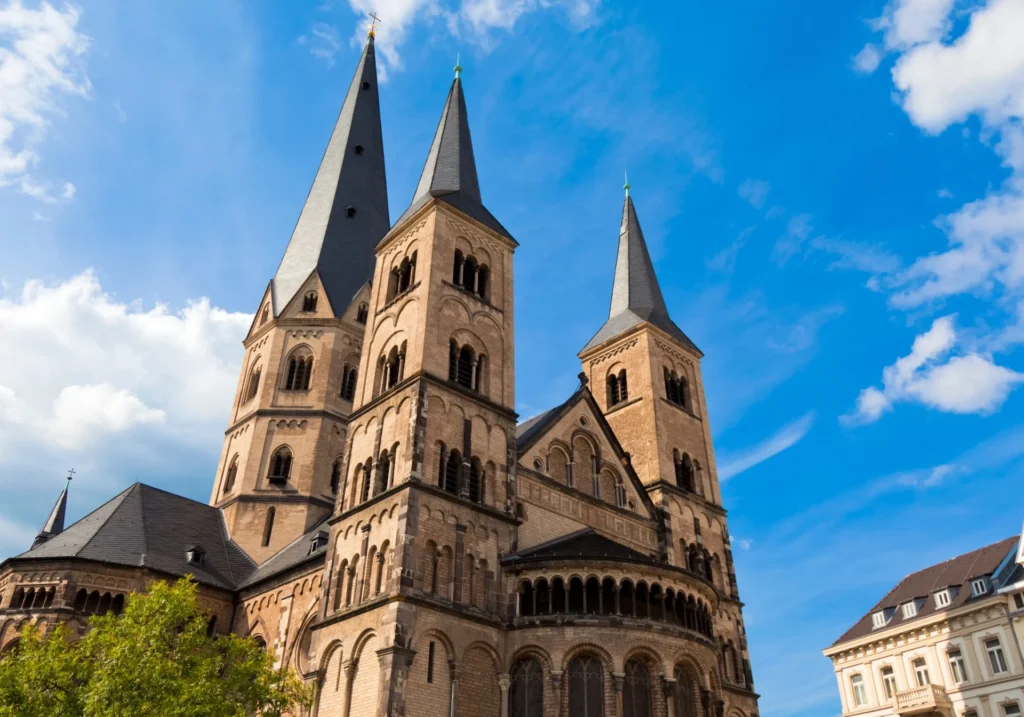
Cathedral of Saints Cassius, Florentius and Martin – the oldest and most important Catholic church in Bonn, a former temple dedicated to Cassius and Florentius – converted Roman legionaries from the Theban Legion and martyrs.
Kunst- und Ausstellungshalle der Bundesrepublik Deutschland
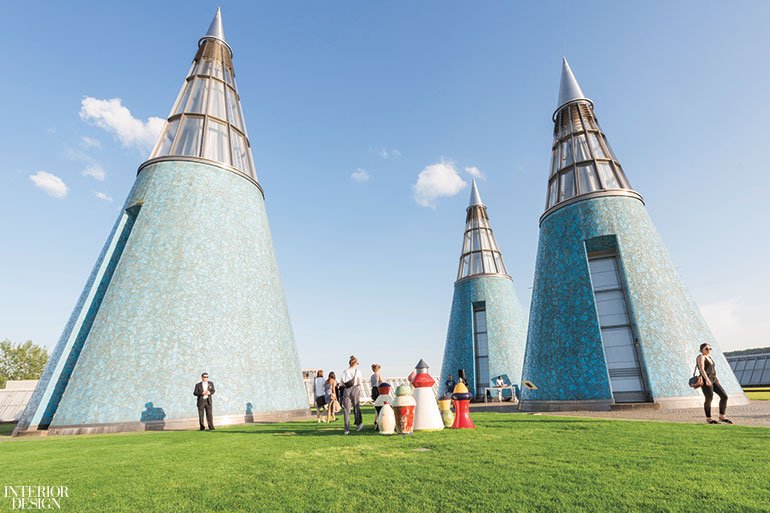
The exhibition hall of the Federal Republic of Germany in Bonn, or Bundeskunsthalle for short, is a unique place of art, culture and science. The program focuses on art of all eras, including contemporary art, as well as exhibitions on cultural, historical and archaeological topics, but also presentations from other fields of knowledge, such as technology or ecology.
Museum Koenig Bonn
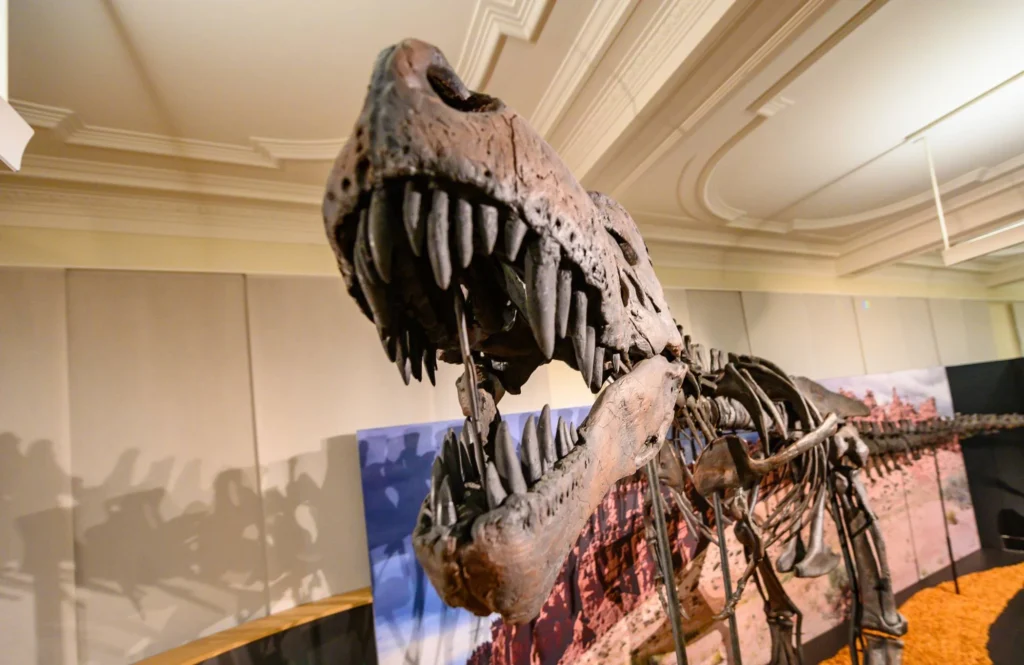
The Zoological Research Museum Alexander Koenig is one of the most important natural history museums in Germany. The exciting journey begins in the African savanna and continues through tropical deserts and the polar ice world back to central Europe. Special exhibitions complete the programme.
August-Macke-Haus
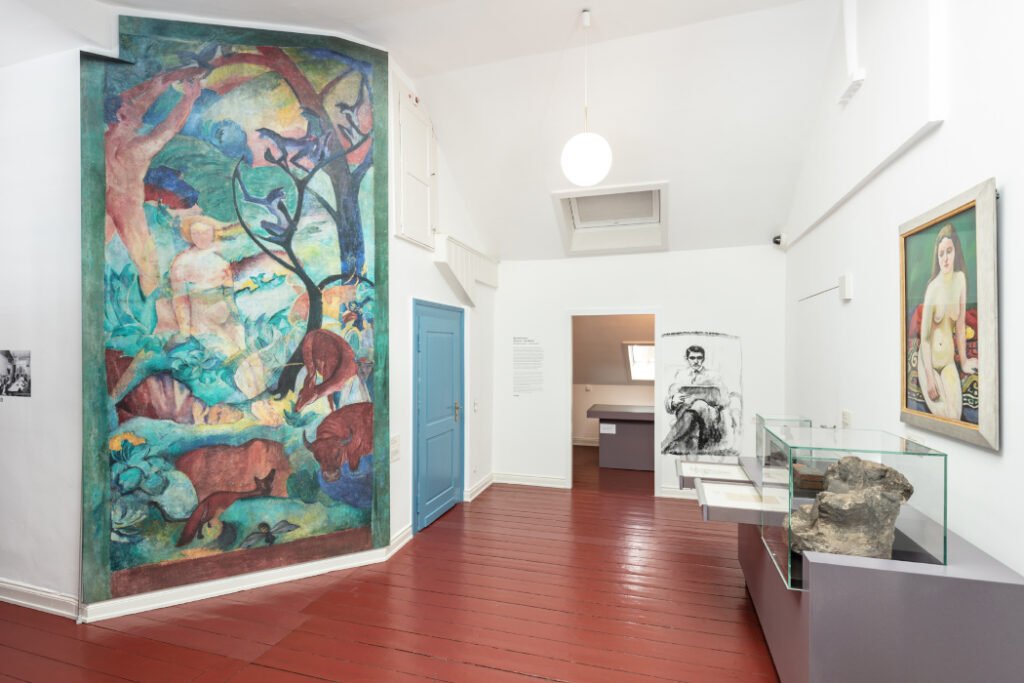
In the August Macke Haus you can see, among other things, continuous exhibitions on topics related to Rhenish Expressionism, which are documented in a series of publications published by the August Macke Haus association.
The former home and studio of the expressionist painter August Macke (1887 – 1914), who is one of the world’s most renowned German artists of the early 20th century, has been open since 1991 as a museum, exhibition center and research center on Rhenish Expressionism.
Botanical Garden

The Bonn Botanical Garden maintains 11,000 plant species on 13 hectares, with specialized greenhouses for ferns, palms, succulents and orchids. Founded in 1818 as part of the University of Bonn. The garden serves as an educational center through the Green School program, educating young gardeners and promoting plant conservation to visitors. The Victoria Pavilion houses giant water lilies, including Victoria cruziana, which displays white flowers during the day and deep pink petals at night.
